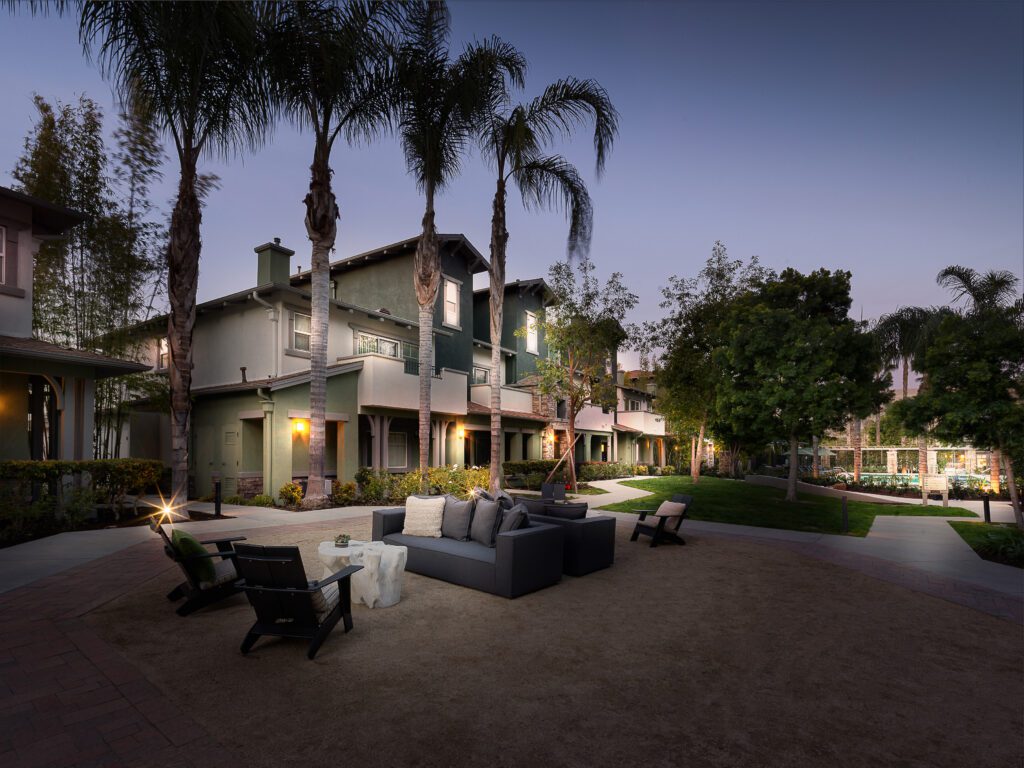Multifamily industry experts share their advice on handling value-add renovations to achieve the best possible outcomes.
By Leah Draffen
November 09, 2023

Before creating any new strategy in multifamily, establishing solid market research and supporting numbers of investment returns are key to its success. Approaching potential value-add properties are no exception. From quick cosmetic fixes to upgrading major systems, value can be found in properties that once were shiny and new.
However, implementing the right upgrades can prove tricky without proper understanding of each community’s market and the residents who call it home.
First and foremost, Sean Burton, CEO of Cityview, says, “Operators really need to be able to understand a project during due diligence and have the expertise to assess deferred maintenance and enhancement costs and scope to develop an accurate business plan and the skilled team to effectively execute on that plan throughout the asset hold period.”
Burton; Humberto Cubillos, senior vice president of asset management at Eagle Property Capital; and Lee Rosenthal, president of West Shore, share more insights below.
…
2. Understand Your Tenant
As lifestyle preferences can range from one market to another, Burton points out that knowing your tenant base is imperative. He says, “At Cityview, we do this by executing in-depth consumer research, putting boots on the ground, shopping the comps, and studying the area’s work, lifestyle, and market trends. We have had success employing our systematic approach to delivering a curated product specific to the needs of the building and submarket.”
Consumer research can provide further details on what residents are looking for—whether that’s upgraded unit finishes or the latest fitness equipment.
“Each project and submarket has its own unique personality, so return on investment should be assessed on a project-by-project basis. That said, unit interior upgrades, particularly to the kitchens and washers/dryers, are almost always in high demand. But it is not enough to just redo cabinets and countertops,” Burton continues. “We are thoughtful with every dollar we spend to try to ensure that we get paid on those dollars. We put a lot of care into selecting the right upgrades and materials. Tenants value functionality, aesthetics, and durability, and we want to ensure that we provide that by making thoughtful upgrades that utilize durable and long-lasting products.”
…
4. Embrace the Trends That Make Sense
Following design trends but also finding ways to set a community apart are beneficial in adding value to a resident’s everyday life.
“The design landscape is forever changing, so it’s also important to stay close to the trends and continually innovate. Successful operators have to go beyond what the competition is doing and come up with fresh ideas to stand out in the marketplace. In addition, we value optionality in our spaces to allow for changing trends and tenant desires to live differently in the spaces. Not every tenant is going to want the same thing, so creating multifunctional spaces throughout the projects allows residents to create an individually tailored lifestyle,” Burton shares.
Cityview has seen an increased demand in more custom features that one would find in a single-family home—for instance, cabinets that extend to the ceiling or two-toned color schemes; waterfall countertops; or brass fixtures. Outside of tangible finishes, Burton notes connectivity and optionality as important offerings.
“Residents want to be able to work from anywhere in the building, which includes comfortable spaces (communal, private, and semi-private) and seamless Wi-Fi,” he adds.
5. Create Value Beyond Four Walls
Keeping with trends outside the units, Cubillos says, “We modernize the exterior of the buildings with fresh paint and accents, rebrand with appealing monument signs to drive traffic, and improve the clubhouse/leasing office by leveraging the pool or lake views to make the complex aspirational for our residents. We also tailor amenities to the needs of the residents by building playgrounds where there is a high concentration of families with children; grilling areas with pergolas and tables; dog parks; outdoor exercise equipment; pickleball courts; soccer courts; package mailboxes; coworking spaces; and state-of-the-art gyms, among many other upgrades.”
Similarly, Burton says that adding programming or repositioning unused common areas are high-value upgrades.
He shares, “Installing seating, a bocce ball court, fire pits, or an outdoor pizza oven to an area that was previously an empty grassy space really helps drive value for a value-add project. We have repositioned underutilized storage areas into fitness centers, converted inaccessible courtyards into lively outdoor gaming lawns, and installed gardens to provide tenants with fresh produce to increase livability value for residents.”
Rosenthal has seen demand lately in fitness centers and outdoor lounge areas as well as pet-friendly amenities like dog parks and pet spas.
6. Don’t Forget Communication
…
“Tenants no longer view their living space as their four walls, but rather the entirety of their apartment community,” Burton says. “Successful operators view every space throughout their buildings, both inside and outside a unit, as an opportunity to provide something extra for their tenants.”

























